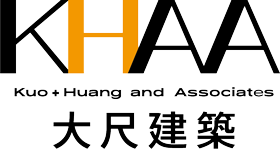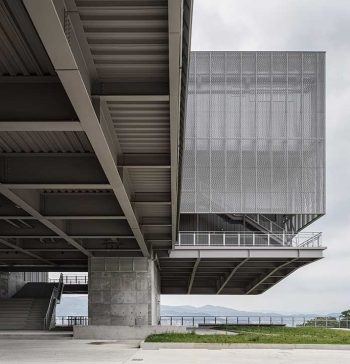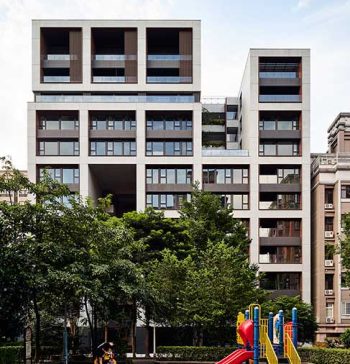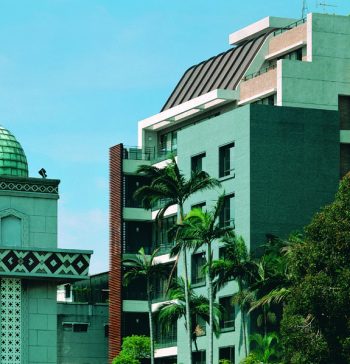時間的空間
郭旭原和黃惠美創作的力度需要結合脈絡來體會。建築永遠不會是創作者可以完全控制的純創作,因此對象的選擇一直是建築創作時的重大挑戰。建築不僅是創作者理念的實現,更多的是偶然的介入。建築的完成必須經過與業主的對話,也須與其他工作人員的共同作業,建築創作者無法單獨決定自己的設計。真實的建築是創作者與居住者共同努力的結果,是充滿偶然性的事件,空間也在時間中不斷轉變。
郭旭原與黃惠美選擇直面建築的偶然性,願意挑戰少有建築創作者願意面對的房地產建築,將之視為機會,在自我概念與外在偶然之間,苦苦探索。他們從巨大資本流動形成的平庸灰暗之中嘗試煉金,在25年間、超過300件提案中,他們不停歇地面對該創作什麼和如何為社會選擇的挑戰。他們的困惑與徬徨,凝結出青田主人、九歌、貴象、富藝旅、基隆太平國小、北藝大科藝館等作品,作為他們目前對其創作方向的階段性總結。
Space in Time
The strength of Hsuyuan Kuo and Effie Huang’s creativity needs to be understood in context. Architecture is never a pure creation or realization of concepts that can be totally controlled by the architect. It is more about the accidental interventions. Choices made by clients always present major challenges in projects. The completion of any project is only possible through having dialogues with the client and collaboration with project team members. In the end, architecture is the result of a joint effort of client, design team and the occupants. It is an event full of contingencies and space continually changes over time.
Kuo and Huang confront with the contingencies of architecture directly, willingly taking up the challenge of doing real estate projects that most architects resist. They took this as an opportunity, a journey to explore personal concepts and accidental interventions. With more than 300 proposals in 25 years, they tried alchemy out of the mediocrity produced by the large capital flows in the market. They questioned themselves on what to design and how to be socially responsible. During this perplexing and uncertain process, Qing-Tian Residence, Mu-Cha Residence, The Great Shine, The Folio Hotel, the Keelung Taiping Elementary School, and the NTUA Center for Art and Technology were developed, representing the different phases of their work.





